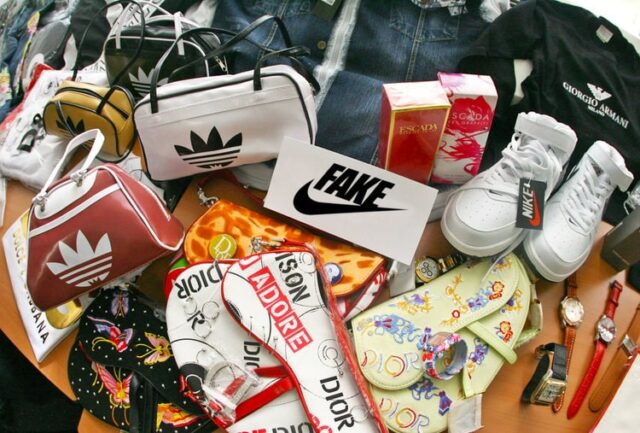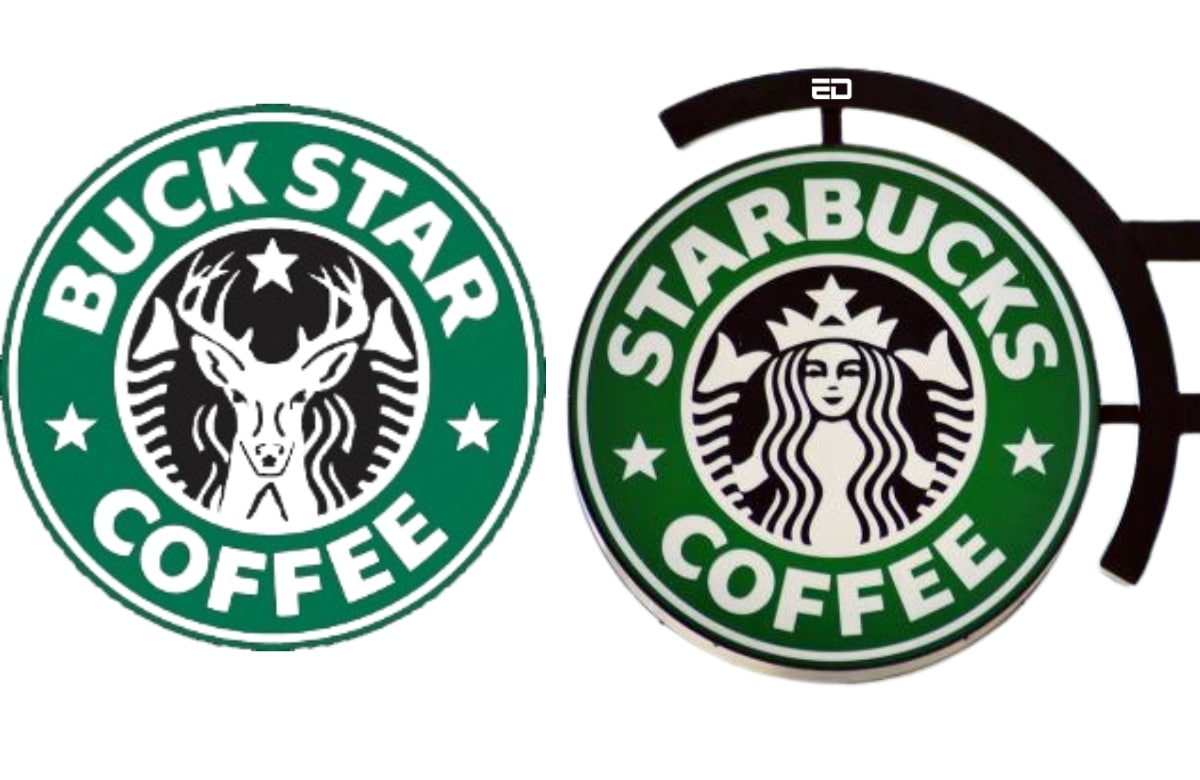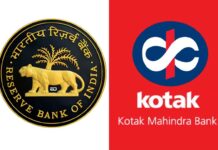Counterfeiting is a global problem that has touched and affected almost every economy, however, the recent trends in India are concerning not only for the brand owners but also for the Indian economy.
The top five countries, in order, where most fake goods originate are China, Turkey, Singapore, Thailand and India. Counterfeiting incidents have created an INR 1 lakh crore hole in our economy.
How Does Counterfeiting Occur?
A counterfeit is an item that uses a trademark belonging to someone else without their permission. This fraudulent imitation of a trusted brand and product is considered to be a serious crime, where the criminals benefit from the trademark owner’s reputation.
Fake products crop up in almost every industry, from handbags and perfumes to machine parts and chemicals, while footwear being the most copied item. This is extremely dangerous not only causing loss to the original company and ruining their reputation in the market but also for the consumers who use counterfeit products.
Auto parts that fail, pharmaceuticals that make people sick, toys that harm kids and medical instruments that deliver false readings are some grave outcomes of using such goods and services.
Also Read: ResearchED: Why Hasn’t India Maximised Its Youth Population Advantage Despite Having The Largest In The World
Why Is India Among Top 5 Countries For Counterfeit Goods?
Strolling through vibrant marketplaces in India, you’ll often hear shopkeepers beckoning you with promises of exact replicas from top-notch brands, all at a fraction of the price. Consider walking down a street full of fashion vendors asking you to buy “Chanel” perfume. These items fall under the category known as ‘first copies,’ typically pricier than their ‘second’ or ‘third’ counterparts, falling under the counterfeiting culture.
India’s thriving fake-in-India culture is giving stiff competition to its “Make in India.” There are numerous reasons contributing to the ranking of India in this field.
Since people sometimes choose to buy fake luxury items because they want to feel important but don’t want to spend a lot of money. In the business world, this is called “willful counterfeiting”.
Unlike countries like France and Italy, in India, people can do this without fear of getting in trouble because we don’t have laws that can arrest someone for buying fake high-end products.
Another very important reason is that a very complex domestic retail environment ranging from shopping malls to single store outlets to footpath hawkers creates an ideal environment for counterfeiters in major cities, but even more so in rural areas and villages. Inadequate legal framework and weak administration cause these grey goods to grow.
Lack of consumer awareness adds fuel to the fire and the worst part is the ‘chalta hai’ (it will do) attitude of many Indian consumers, even when they suspect that they have been duped by something as basic as a bar of soap or toothpaste. Has it become that our acceptance of substandard products is the norm we live by since we feel that we have no recourse of complaint or a voice to be heard, so we just go with it?
It is absolutely necessary to deal with this issue as illicit trade costs India Rs 2.6 trillion in FY 2019-20 and affects various sectors of our country.
The two main challenges at hand are detecting counterfeits and preventing diversion and thankfully, there are technological solutions to DISRUPT the disruptors!
Apart from these technical solutions, we also have legal instruments against counterfeiting in India primarily relying on trademark laws and international agreements like TRIPS. The IP Rights Enforcement Rules and India Customs Act allow brand owners to register their rights with customs authorities to seize fake imported goods.
Sections 102, 103 and 135 of the Trademarks Act offer remedies, including imprisonment and fines. The Drugs and Cosmetics Act holds counterfeiters of fake drugs accountable, enabling law enforcement to seize and confiscate counterfeit pharmaceuticals.

How Do You Immunise Yourself From Counterfeit Products?
Counterfeiting is not a victimless crime, preying on consumers looking for low prices. Purchasing from counterfeit websites puts you at risk for credit card fraud when you provide a counterfeit merchant with your information.
Downloading or streaming can also put you at risk for malware. These are the most common ways by which we Indians become a target of this illegal act.
Therefore, always look for the “3 P’s”, namely Price, Packaging and Place. If the Price looks too good to be true, it probably is.
If the product is available without packaging or has very low-quality packaging, such as printing errors, blurry images, typos, etc, it probably is a counterfeit. Last but not least, consider the place where the product is being sold. Don’t be fooled by a professional-looking website and deal only with credible merchants.
Keep your consumer knowledge up-to-date!
Image Credits: Google Images
Feature image designed by Saudamini Seth
Sources: Times of India, OECD, International Anti Counterfeiting Coalition
Find the blogger: Unusha Ahmad
This post is tagged under: company, counterfeiting, first copy, second copy, India, China, Singapore, Turkey, Thailand, make in India, Chanel, willful counterfeiting, France, Italy, consumer awareness, TRIPS, IP Rights Enforcement Rules, India Customs Act, Trademarks Act, Drugs and Cosmetics Act, 3 P’s, fake in India,
Disclaimer: We do not hold any right, copyright over any of the images used, these have been taken from Google. In case of credits or removal, the owner may kindly mail us.
Other Recommendations:
Get $10,000 From This Company If You Can Dare To Survive Without Your Phone For A Month































